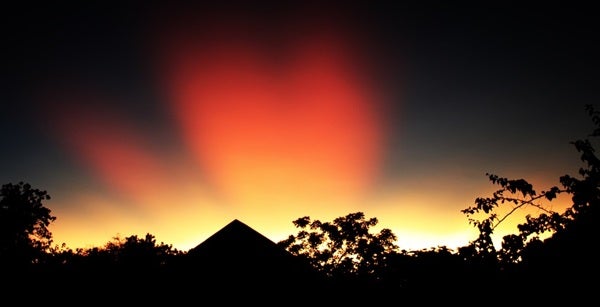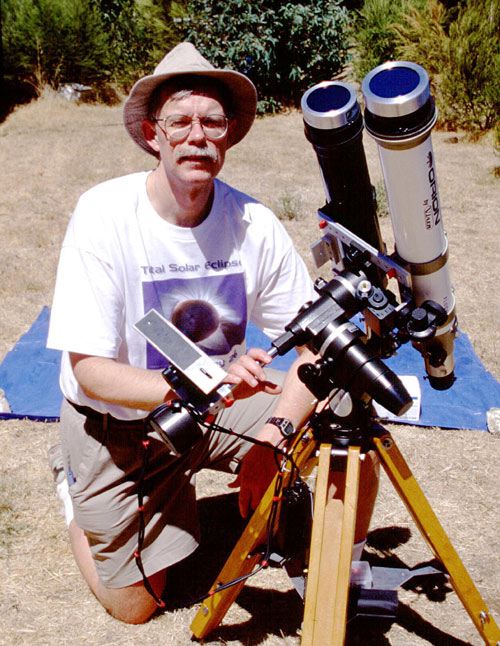Technology is amazing. Take the sharing of the Dec. 4, 2021, total solar eclipse. The event occurred over a remote stretch of Antarctica and its surrounding seas, allowing a limited travel audience. But thanks to the efforts of Theo Boris and Christian Lockwood of the JM Pasachoff 2021 Antarctic Expedition, untold numbers of viewers got to experience it live by streaming their eclipse feed on www.nasa.gov/live and YouTube from Union Glacier, Antarctica. My wife Deborah Carter and I were among them, and we were grateful for it — especially as an unusual eclipse phenomenon occurred.
A fiery ghost
What caught our attention was the sudden appearance of what at first looked like a white solar prominence on the Sun’s left limb in the moments before second contact (the beginning of totality). The feature materialized from the solar glare just as Baily’s beads began to mix with pink jewels from the Sun’s chromosphere. Then, after the diamond ring flashed into view, an arched prominence, rich pink in color, blossomed next to the diamond. Seeing that deep pink color only enhanced the striking white feature.
After less than a minute of totality, the limb of the Sun emerged and consumed the white mystery feature. Throughout totality, no other phenomenon matched its intensity, which was much brighter than the surrounding corona. I wondered if the white feature was an artifact of the live transmission, but Zev Hoover of the Pasachoff Expedition assured me it was not.
A couple of days later, Deborah received a series of images from eclipse enthusiast Larry Shore of Mesa, Arizona, who experienced totality at the Antarctic Logistics and Expeditions camp on Union Glacier with the TravelQuest tour. The white feature was in his images as well, confirming the reality of this fiery ghost.
White hot plasma
Petr Horálek, a Czech astrophotographer who observed the eclipse from an altitude of 41,000 feet (12,500 meters) aboard a Boeing 787-8 Dreamliner, wrote on his website that the solar corona was “truly ‘wild,’ especially on its left part,” where “hot plasma was visible to the unaided eyes.” The plasma came from an active region on the solar limb, “which itself was enough to be visible as a very bright ‘pearl’ above the eclipsed Sun.”
Horálek directed me to images from the NASA Solar Dynamics Orbiter and the ESA Solar and Heliospheric Observatory. They show the active region at the white feature’s position and, above it, what appear to be loops illuminated by hot plasma flowing along magnetic field lines.
The Sun’s active regions mainly consist of closed magnetic loops, in which plasma is confined and glows brightly. Horálek notes, however, that the Sun experienced small flares in the hours before the eclipse that lasted throughout the event. While the gas in the Sun’s corona normally has a temperature of a few million degrees, solar flare temperatures can range between 18 million and 36 million degrees Fahrenheit (10 million and 20 million degrees Celsius). This may be why, during the eclipse, the hot plasma in the magnetic loops appeared so much more intense than the surrounding corona.
What’s astounding is the rarity of catching such an event on the Sun’s limb during the brief moments of totality — especially given that the Sun is just emerging from its latest minimum and active regions still remain relatively sparse. Horálek says that there may be a higher chance of catching a similar event during the 2023, 2024, 2026 (and maybe 2027) total solar eclipses, when solar activity will be closer to its peak.
Thanks to the JM Pasachoff Antarctic Expedition livestream, eclipse lovers the world over got to witness a rare total solar eclipse event from the comfort of home. But if you were one of the lucky few who viewed the eclipse from Antarctica and got to view the feature through binoculars or a telescope, I’d love to hear your visual impressions at sjomeara31@gmail.com.










